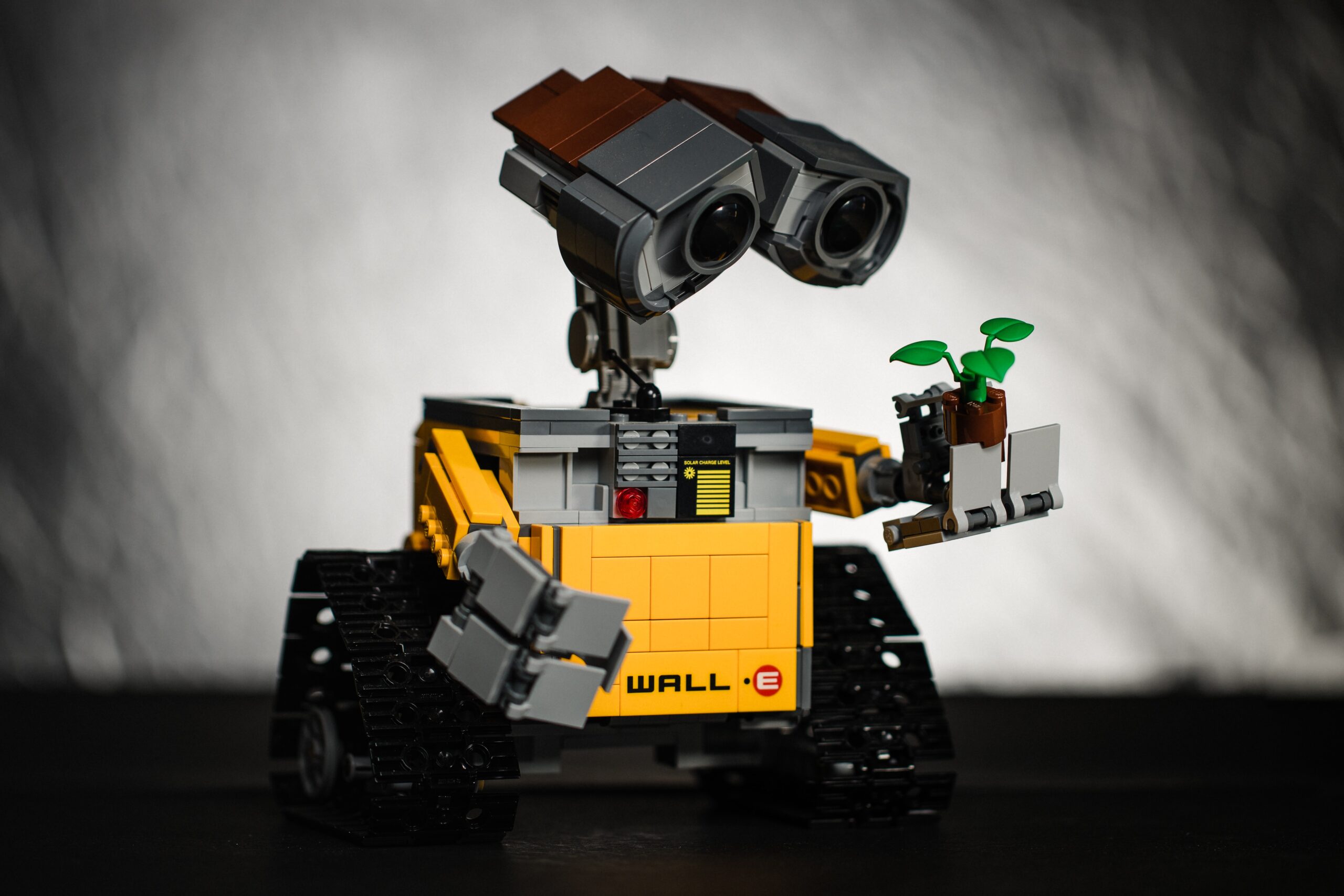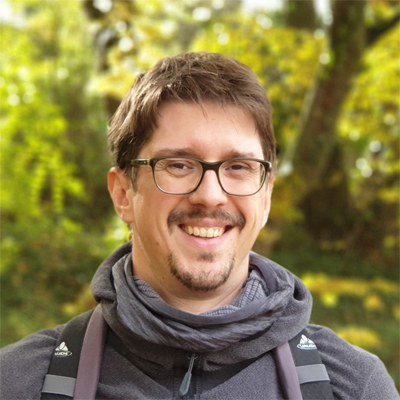Machine Learning in Archaeology
Last Wednesday, I listened to a talk by Alex Brandsen of the University of Leiden (@alex_brandsen) about his dissertation and a follow-up project. He uses Machine Learning to make vast amounts of excavation reports from commercial archaeology in the Netherlands actually usable. As my interest was sparked, I started to play around with Artificial Intelligence and was amazed…
What is Machine Learning?
So Machine Learning is basically training an algorithm to learn from data and making predictions. So for example if you feed a ML algorithm tons of photos of classified pottery, eventually the algorithm will be able to classify new photos of pottery based on the trained data. Also, ML needs to be capable of understanding that the Middle Ages and 1200 CE are meaning the same. So in case a text states that something dates to 1200 CE, ML needs to understand that this is also findable under the term “Middle Ages”.
AGNES
Brandsen developed a search engine called AGNES (currently only available in Dutch) which enables you to do exactly that and search for specific archaeological classes like objects, contexts, or time. It is not simply reading the text and offering you all the reports that mention your search term, it is intelligently interpreting your input to give you the best results and even maps them visually. This way, searching for specific archaeological information is very easy in an archive that is enormous. You do not need to skim though thousands of pages to find what you search.
I see great potential for this kind of work and already looking into other AI tools for archaeology. One of these tools is on everyone’s lips at the moment: ChatGPT.
ChatGPT
In preparation to his talk, I started to play around with a new tool called ChatGPT. It is an AI ChatBot that delivers astonishing results. Before, I was researching a specific topic within Archaeology that I was a little familiar with, but not to a full extend. I read three articles that day about the topic to get into the technology I was researching. Reading three articles is quiet good for one day, given that I also had other things to do.
Afterwards I played around with ChatGPT. As I had just read these three articles, I felt way more familiar with the topic I researched. Just for fun, I asked ChatGPT to explain to me the concept, I just learned that day. It took about 10 seconds and ChatGPT gave me a spot on explanation for something that took me a whole day to figure out. Astonishing!
But here is the thing: If I use ChatGPT before I research, I can not be sure that its explanation of any topic is actually correct. I still need to do the research myself and confirm its explanation. As Brandsen mentioned in his presentation, Artificial Intelligence and Machine Learning can be biased and deliver false results. It is a double-edged sword really. Instead of letting AI do all the work for us, I think using it as a tool might actually be very helpful in research. Just to give you a pointer, never an answer…







